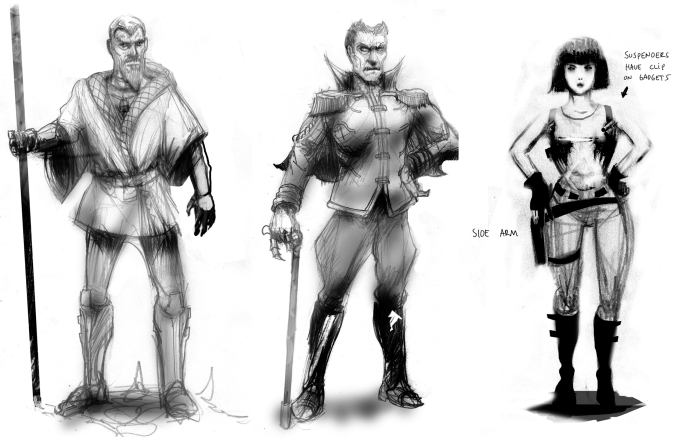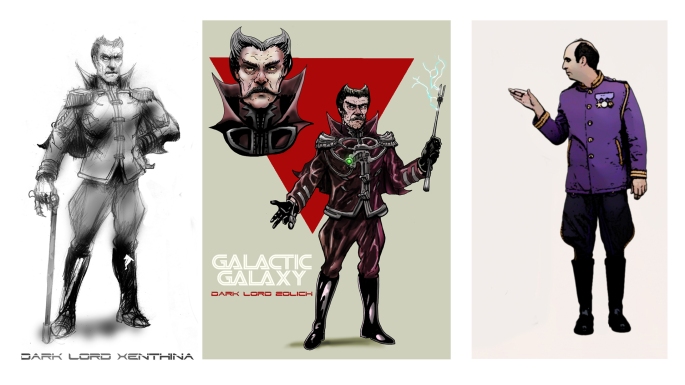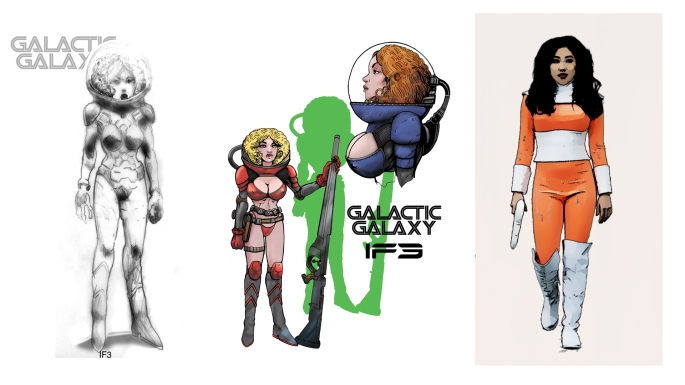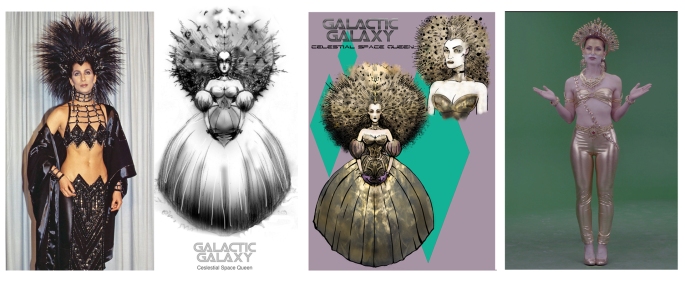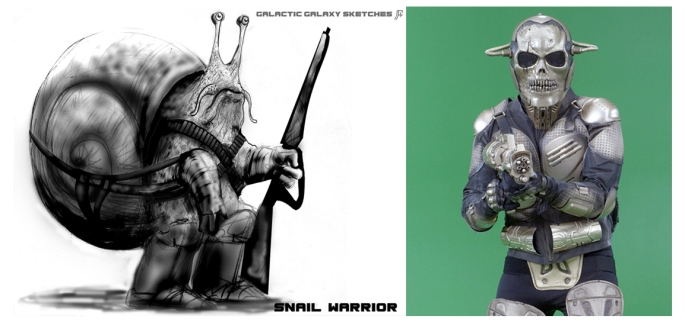You can have an amazing idea for a character and have a firm grasp on the world that character lives in, but without plot and structure, you will not have an audience. A few might find it intriguing but the majority will be lost and bored. With a basic framework that focuses your characters and situations, your story will appeal to a much wider audience. This is a cheat sheet based on some solid fundamentals.

In 1927 English novelist E. M. Forster was invited to give a series of lectures which were later published as “Aspects of the Novel”. He is speaking about writing a novel but the principles of creating plot and structure are universal. The following are a few quotes for our cheat sheet.
Plot: A plot is also a narrative of events, the emphasis falling on causality according to Forster, “The king died and then the queen died,’ is a story. ‘The king died, and then the queen died of grief,’ is a plot. The time sequence is preserved, but the sense of causality overshadows it. Consider the death of the queen. If it is in a story we say ‘and then?’ If it is in a plot we ask ‘why?’”
Structure: Pattern and Rhythm says Forster, “A novel has a pattern when it has a geometric shape, such as the hour-glass shape of one character’s social fall crossing over with another’s social climb, or the circular shape of a character moving from one new acquaintance to the next until they finally return to their starting point. The pattern is an aesthetic aspect of the novel, and though it may be nourished by anything in the novel — any character, scene, word — it draws most of its nourishment from the plot. Whereas the story appeals to our curiosity and the plot to our intelligence, the pattern appeals to our aesthetic sense, it causes us to see the book as a whole.”
Three Act Structure: In visual storytelling, the most useful structure for the plot is the Three Act Structure. This structure is a model used in screenwriting that divides a fictional narrative into three parts (acts), often called the Setup, the Confrontation, and the Resolution. Aristotle said that every story has a beginning, a middle, and an end.
In 1863, Gustav Freytag, a German writer, advocated a model based on Aristotle’s theory of tragedy. This is now called “Freytag’s pyramid,” which divides a drama into five parts, and provides function to each part. These parts are exposition, rising action, climax, falling action, and denouement. From our frinds at Wikipedia,
Exposition: The first phase in Freytag’s pyramid is the exposition, which introduces the characters, especially the main character, also known as the protagonist. It shows how the characters relate to one another, their goals and motivations, as well as their moral character. During the exposition, the protagonist learns their main goal and what is at stake.
Conflict: Freytag’s definition of conflict refers to the second act in a five-act play, a point of time in which all of the major characters have been introduced, their motives and allegiances have been made clear, and they have begun to struggle against one another.
Rising Action: Rising action is the second phase in Freytag’s five-phase structure. It starts with a conflict, for example, the death of a character. The inciting incident is the point of the plot that begins the conflict. It is the event that catalyzes the protagonist to go into motion and to take action. Rising action involves the buildup of events until the climax.
In this phase, the protagonist understands his or her goal and begins to work toward it. Smaller problems thwart their initial success and their progress is directed primarily against these secondary obstacles. This phase demonstrates how the protagonist overcomes these obstacles.
Climax: The climax is the turning point or highest point of the story. The protagonist makes the single big decision that defines not only the outcome of the story, but also who they are as a person. Freytag defines the climax as the third of the five dramatic phases which occupies the middle of the story.
At the beginning of this phase, the protagonist finally clears away the preliminary barriers and engages with the adversary. Usually, both the protagonist and the antagonist have a plan to win against the other as they enter this phase. For the first time, the audience sees the pair going against one another in direct or nearly direct conflict.
This struggle usually results in neither character completely winning or losing. In most cases, each character’s plan is both partially successful and partially foiled by their adversary. The central struggle between the two characters is unique in that the protagonist makes a decision which shows their moral quality, and ultimately decides their fate. In a tragedy, the protagonist here makes a poor decision or a miscalculation that demonstrates their tragic flaw.
Falling action: According to Freytag, the falling action phase consists of events that lead to the ending. Character’s actions resolve the problem. In the beginning of this phase, the antagonist often has the upper hand. The protagonist has never been further from accomplishing their goal. The outcome depends on which side the protagonist has put themselves on.
Resolution: In this phase the protagonist and antagonist have solved their problems and either the protagonist or antagonist wins the conflict. The conflict officially ends. Some stories show what happens to the characters after the conflict ends and/or they show what happens to the characters in the future.

Wikipedia contributors. “Plot (narrative).” Wikipedia, The Free Encyclopedia. Wikipedia, The Free Encyclopedia, 24 Aug. 2017. Web. 26 Sep. 2017
The reason I use these examples as a reference is my tendency early on was to get lost in creating characters and imagining their worlds. The characters and places I created became so real to me that as I filmed my stories they were just a series of scenarios with no framework. In my mind these scenarios were very entertaining and poignant but because an audience did not have the benefit of being in my mind the potential of the stories was lost. Because the audience was lost. Do yourself and your audience a favor and create a basic structure for your story and your audience to follow. Do not lose your audience.
Be sure to subscribe and follow my video channel for more Sci Fi filmmaking How To.





